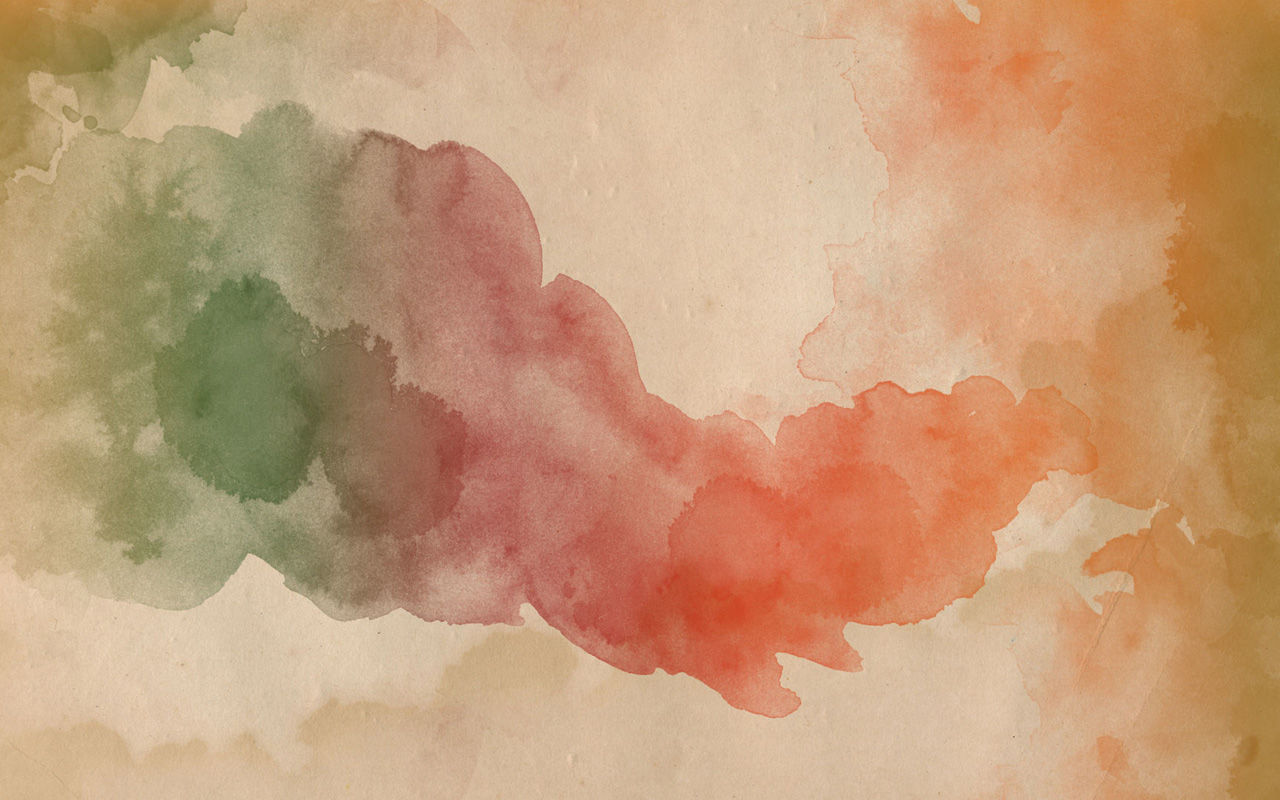

On Palm Sunday, in the year 2016, Pennsylvania Turnpike employee Mike O’Keefe was making his routine toll collecting rounds. It was his job to travel with a security guard and pick up cash from the various toll plazas along the central corridor of the controlled access highway that runs laterally across the keystone state for 360 miles.
Collecting was normally effortless work. Mike often finished quickly so he could be home early to enjoy evening walks with his wife.
But on Sunday March 20th, as Mike rounded the soft-turning corner of exit 180 in his Chevy van, he noticed something unusual. When he approached the Fort Littleton toll booths he saw a man running towards the woods and he saw a frantic toll collector. The man who was running turned out to be a retired state trooper who had come to rob Mike of the money he was collecting. The frantic toll booth collector had somehow managed to take away the would-be robber’s pistol.
In the few seconds it took for Mike to bring his bright red van to a stop, he made the decision to stay where he was. His security guard however had already exited the vehicle with his gun drawn. What neither of them knew was that the retired state trooper also owned an assault rifle and he had planted it near the trees where he was now hiding.
3 shots rang out and Mike’s security guard fell dead. Then another shot was fired and the toll booth collector dropped to the ground. Mike watched from his driver’s seat in horror. Then a 5th shot was fired. It smashed through the front windshield and just missed hitting his head.
The gun fire was coming from his right. If he could get out of the van and run, the gunman might not be able to see him. He reached for the door handle but the toll booth was in the way. He dove for the floor and threw the van into reverse. He backed up blindly for a few feet and then jumped out.
Without looking back, he ran.
The gunman moved in on the van and fired 9 more shots at Mike. That is when state police arrived and a shootout ensued. The gunman was killed. Mike’s only physical injury was a pulled hamstring, but mentally, he was shot to pieces.
Over the following weeks and months he lost his ability to concentrate. He found himself unable to remember things. He could no longer control his emotions. His anxiety unleashed an assault of chemicals and hormones on his brain. The post-traumatic stress released its poison onto his life and into his relationships.
“I just want my husband back,” his wife begged to his doctors.
“We need your help,” she pleaded with his employer.
“Help us, please!” she implored of their attorney.
Acute post-traumatic stress disorder requires a higher level of care than most professionals are accustomed to providing. Often, patients cannot be cured. The best they can hope for is that life will gradually get better.
Questions to consider:
What skills do you think victims need to learn that might help them better manage PTSD symptoms such as guilt, anxiety, depression, mood swings, or the inclination to socially withdrawal?
What would you say to a victim of gun violence to help him or her deal with symptoms from post-traumatic stress?